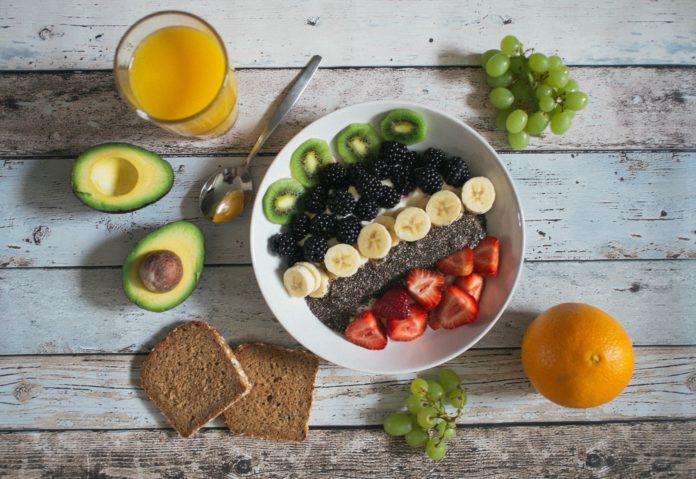We’ve all heard of fiber and how it helps with constipation and bowel movements, but what it is and how exactly does it help us is something we can’t seem to pinpoint correctly.
The recommended daily intake for adults up to the age of 50 is 25 grams for women and 38 grams for men as suggested by Harvard Health Publishing, and for adults older than 50, 21, and 30 grams respectively, is appropriate for daily consumption. Despite the suggestions, recent studies have shown that nine out of ten Americans are consuming less than half of the required dosage, and similarly, people in other countries are falling short as well. So don’t be surprised if you find yourself not being able to meet the ideal daily dose, a good way to make sure you’re consuming enough fiber without having to constantly worry about it is by taking the help of supplements, they are after all the quickest and most convenient method of reaching your targets.
Check out this link https://www.healthcanal.com/supplements/258805-gundry-md-bio-complete-3.html for detailed information on such supplements.
What is fiber
Fiber is a type of carbohydrate, one that human bodies cannot digest. They are found naturally in plant-based foods such as vegetables, lentils, fruits, dried beans, nuts, and seeds. It passes through the body undigested and due to its water retention properties, it contributes to the stool bulk and adds form to stool which keeps your digestive system healthy, clean, and flushes our harmful carcinogens and cholesterol out of the body, and helps keep sugar levels and hunger in check.
Types of fiber
There are two types of fiber, soluble and insoluble. The former is the kind that readily dissolves in water forming a gel-like structure that reduces the rate of the digestion process. They are also known to have prebiotic properties as they are fermented in the gut by beneficial bacteria in order to produce essential short-chain fatty acids. Foods rich in soluble fiber include beans, nuts, legumes, barley, oatmeal, and fruits (you may visit Healthcanal to read more)
On the other hand, insoluble fiber comes from the plant cell walls and unlike soluble fibers, they do not dissolve in water and are resistant to the effect of digestive enzymes present in our bodies. Their main function is to retain water which provides bulk to the feces and aids in its movement through the digestive tract in a convenient and timely manner. Foods rich in insoluble fiber are whole grain foods like brown rice, wheat cereals, fruits, and veggies like tomatoes and carrots.
Currently, there is no scientific evidence out there that declares a certain fiber type to be better than others, while experts advise that eating a wide range of fiber-rich foods is better for the gut than consuming the same kind over and over. A diverse source leads to diverse gut microbiota.
Fiber food and Gut health
The fact that fiber intake is directly linked to great gut health is a no-brainer, after all, fiber is used as fuel by the colon-residing bacteria to keep them healthy. Dietary fiber highly impacts the bacterial composition of the host. Humans have an interrelationship with their microbiota (gut bacteria basically) which can be labeled as a mutualistic symbiotic relationship and it denotes a healthy balance of microbes in the gut. This balance can be disrupted by the daily consumption of a diet that is low in dietary fibers and high in fat and sugar. Prolonged disruption can even result in the irreversible disappearance of the diversity of gut bacteria.
A healthy and diverse microbiota offers a variety of benefits to the host, it provides protection against pathogens by maintaining the intestinal mucus layer which prevents the microbe invasions that cause inflammatory illness such as Crohn’s disease, irritable bowel syndrome, and colitis, and results in an unhealthy colonic environment.
A regular diet consisting of poor fiber percentage not only results in a reduction of microbial diversity but also alters the gut microbial metabolism towards the utilization of less favorable substances which are consumed by the host, such a metabolism affected by the decrease in fiber intake is detrimental to the host and may contribute to the maturation of chronic illness.
How to increase fiber intake
Increasing fiber consumption on a daily basis is as easy as it gets, just keep in mind that the amount of refined and processed foods you consume is inversely proportional to the quantity and quality of fiber your body obtains. So opt to swap your processed carbs for whole-grain foods, as an example, you can switch to brown rice and whole-wheat pasta. Make a habit of buying more fresh fruits and eating them as snacks or whenever convenient, adding nuts and seeds to your salads and foods are a great way to boost the fiber content without adding much bulk to the food or changing your taste.











